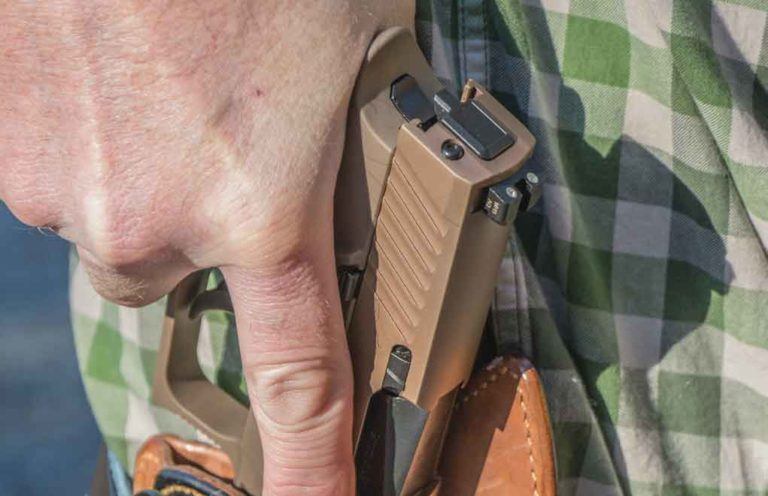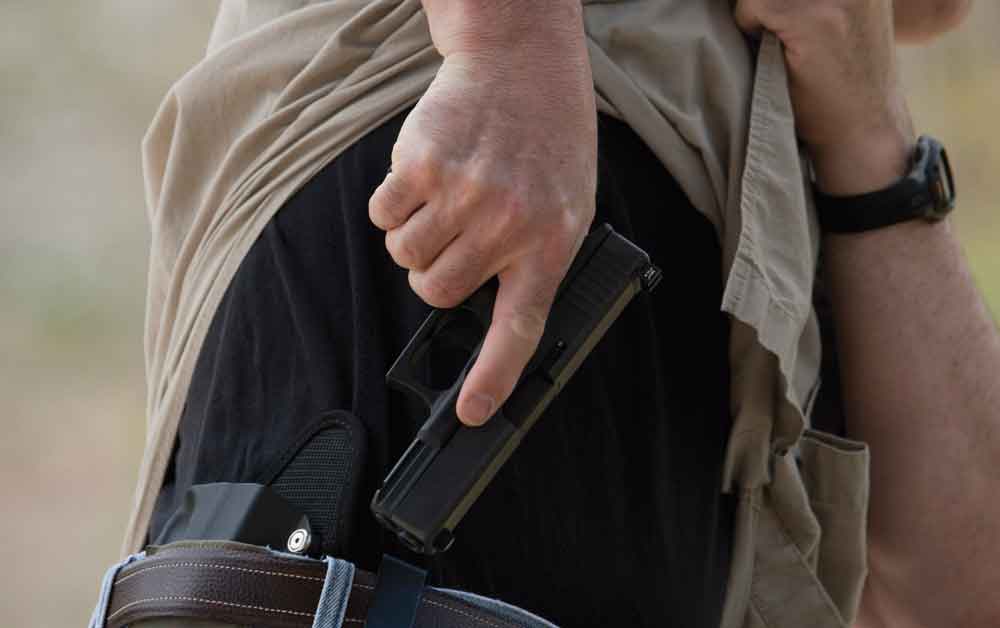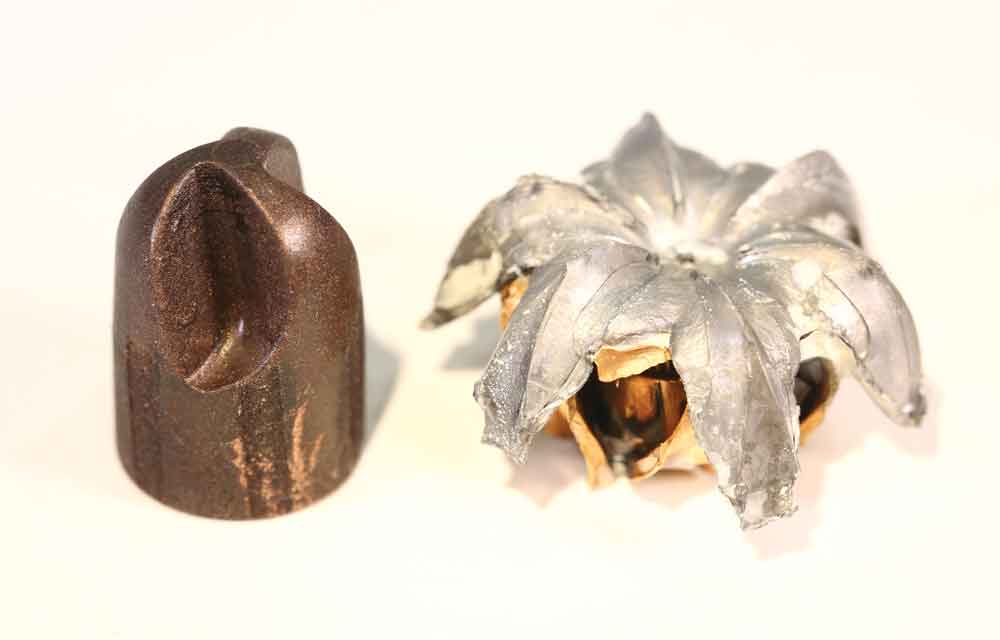
In a lethal-force event, shot placement can outweigh all other factors in bringing an attack to a close.
Location, location, location:
- Talk about stopping power revolves around bullet, cartridge and velocity combinations.
- A much more important conversation is about bullet placement.
- Where an assailant is shot does more to determine his neutralization than what he's shot with.
- A hit to the correct spot works faster, and a hit to a non-correct spot works slower, if at all.
You’ve heard the saying about the three most important details of real estate? “Location, location, location.” Perhaps trite, but true. Well, the way we use firearms also has a part in the effectiveness of the firearms and ammunition we use. This has been an on-going learning process, in fits and starts, with occasional backward steps.

I’ve mentioned and will mention again, the FBI shootout in Miami. Others have as well. But it’s not the only learning experience and not the only famous one. If we were paying full attention to every incident, everything can be a learning experience, but not everyone gets the word, and not everyone learns the same thing from it.
One such instance was the Newhall incident in California back in 1970. Four officers of the California Highway Patrol died there, and much was learned. What was learned then, and had to be lost, forgotten, not learned, and then re-learned, was that what you learn to do under stress, you do under stress. Learn bad habits (whatever those might be) and you will do bad habit things under stress.
The art of gunfighting is an ongoing course of study, with new lessons added. Not all of them are relevant to all situations. What a USMC Fire Team learns — busting in steel doors in dusty places, using the tools the Corps gives them — may not be all that relevant to a homeowner trying to keep life, family and property safe in a crime-ridden urban environment.

What does matter is that where the bad guys are shot (speaking anatomically) can be much more important than what they are shot with. And this can color the impression of cartridge effectiveness. We have to keep that in mind when we discuss theories of stopping power.
Stopping Power Theories
The basic goal of the various speculations on stopping power is an attempt to predict the effectiveness of a given bullet, cartridge, velocity combination. The problem arises when each is either distilled to a clever one-liner, “they all fall to hardball,” or pushed to the edges of effectiveness. That is, the ends of the data set.
If we take a hundred, or 1,000 — or 10,000 — shooting incidents, and we plot the results of each of them, we could construct a graph showing the information. We could plot it any of dozens of different ways, but what most people are interested in is simple: However defined, did the bad guy stop doing what he was doing as a result of being shot? It’s the definition that gets us in trouble.
Did he (not to be sexist, but most of the time it is a he) manage to move from where he was? Or if moving, keep moving in the direction he intended? If so, how far, how fast? Was he able to continue using his weapon? Some would say that if he could still try, shooting him was a failure. Others would say that trying but not succeeding is a success for us, as he was stopped from completing his action of intended harm.

The essence of a theory is that it predicts: A bullet of this diameter and this construction at this velocity will stop a bad guy X percent of the time.
But, that’s not all of it. We have to assume, for the purposes of theory construction, that the person shot was struck in a reasonably effective area. No cartridge lopping off a pinky finger can be counted on as a stopper.
Placement
What matters most, and what someone will invariably bring up in any discussion of stopping power, is placement. A hit to the correct spot works faster, and a hit to a non-correct spot works slower, if at all. There’s a classic cartoon on this from the cartoonist Gary Larson, in one of his The Far Side cartoons. The scene: a mammoth, on its back, all four feet in the air, with an arrow sticking out of it. One caveman says to the other, “We should write down that spot.”
It’s obvious that placement matters, but where is the best location (if we can use “best” in this context) and how much does it matter?
Editor's Notes: This article is an excerpt from Choosing Handgun Ammo: The Facts That Matter Most for Self-Defense by Patrick Sweeney.

Next Step: Get your FREE Printable Target Pack
Enhance your shooting precision with our 62 MOA Targets, perfect for rifles and handguns. Crafted in collaboration with Storm Tactical for accuracy and versatility.
Subscribe to the Gun Digest email newsletter and get your downloadable target pack sent straight to your inbox. Stay updated with the latest firearms info in the industry.

![Best Concealed Carry Guns In 2025 [Field Tested] Wilson Combat EDC X9S 1](https://gundigest.com/wp-content/uploads/Wilson-Combat-EDC-X9S-1-324x160.jpg)


![Best 9mm Carbine: Affordable PCCs [Tested] Ruger Carbine Shooting](https://gundigest.com/wp-content/uploads/Ruger-Carbine-Shooting-100x70.jpg)
![Best AR-15: Top Options Available Today [Field Tested] Harrington and Richardson PSA XM177E2 feature](https://gundigest.com/wp-content/uploads/Harrington-and-Richardson-PSA-XM177E2-feature-100x70.jpg)
